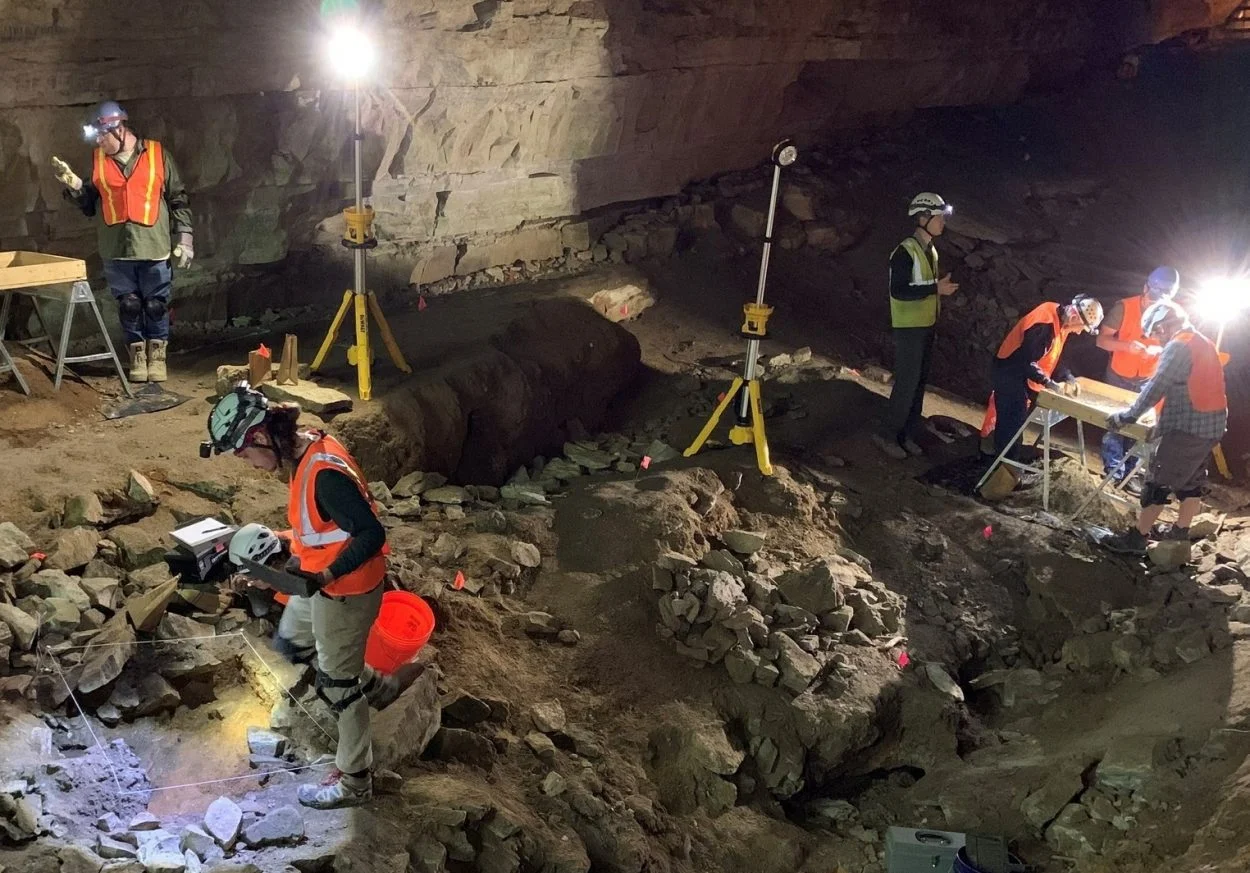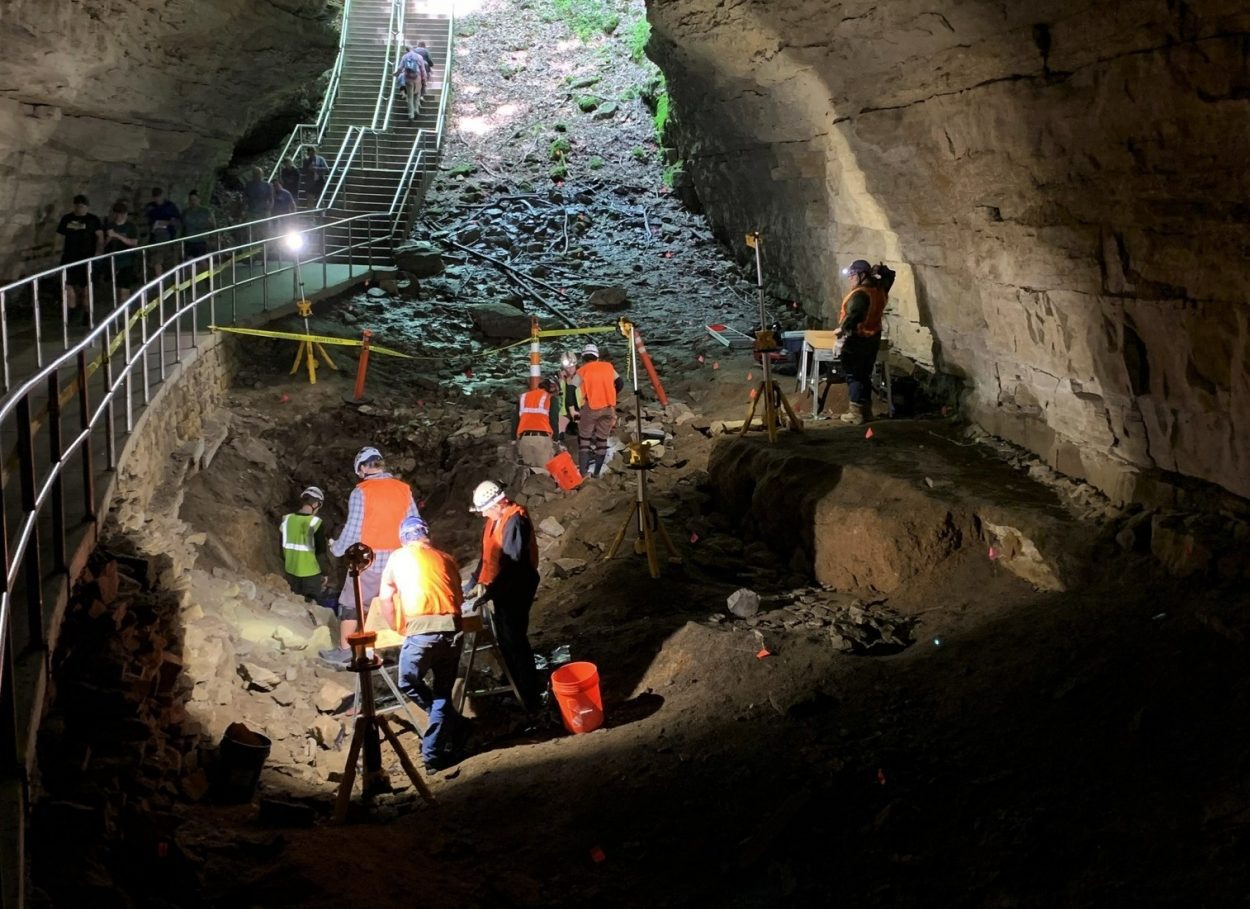Archaeologists excavating a passageway in the Mammoth Cave, the world’s longest known cave system, have uncovered artefacts dating from the 19th and 20th century.
Mammoth Cave, located in Mammoth Cave National Park, Kentucky, United States, has been mapped over an area of more than 400 miles (640 km).
The cave was formed through the natural process of limestone erosion, where rainwater and rivers slowly dissolve and shape soft limestone, creating a vast underground system of caves.
The first American Indian explorers entered the cave around 5,000 years ago, and for nearly two centuries they mined the upper three levels for raw materials.
According to legend, the first European to enter Mammoth Cave was either John Houchin or his brother Francis Houchin in 1797. Whilst they were hunting a wounded bear, they came across an entrance opening near the Green River, resulting in the first registered survey in 1798 for exploratory mining of the saltpeter reserves.
From 1812, the sale of the cave led to industrial scale mining for calcium nitrate that used a labour force of slaves to operate the soil leaching apparatus, as well as to haul soil to the central processing site.

By 1838, the cave was repurposed as a tourist attraction and used slaves as tour guides. The most famous guide was Stephen Bishop, a self-taught geologist who explored and mapped the cave, naming many of the features now visible today.
A team of archaeologists from the National Park Service and the University of Idaho have been excavating sediment layers in a collapsed sinkhole, the largest known natural entrance to the cave system.
It is believed that there was originally a 50-foot vertical pit at the entrance, but this was filled-in during the mining operations in the 1810s, indicated by an 1835 map identifying a passage as “filled”.
Excavations have revealed over 200 years of history, including coke bottles, ticket stubs and ceramic pieces, documenting centuries of tourist activity and further enhancing the knowledge of the cave’s geology, hydrology, speleology, archaeology, biology, and microbiology from a study of the sediments.
A statement issued by the Mammoth Cave National Park said: “This project will provide researchers and scientists with even more information about the cultural and natural resources of Mammoth Cave and help us learn how to better protect and interpret the park for you and future generations.”





